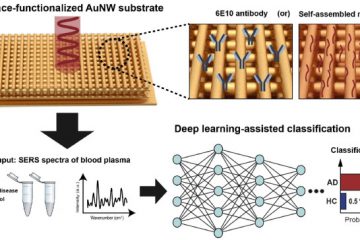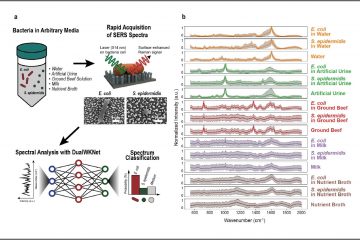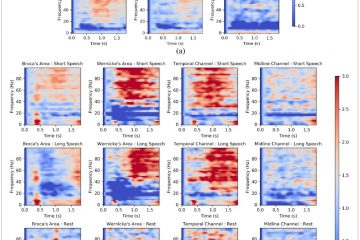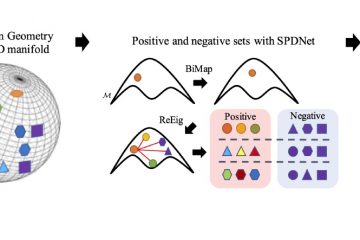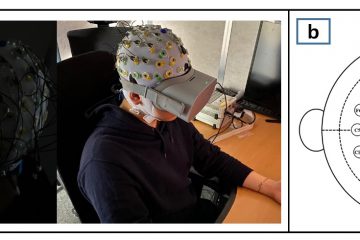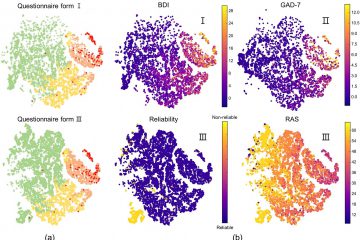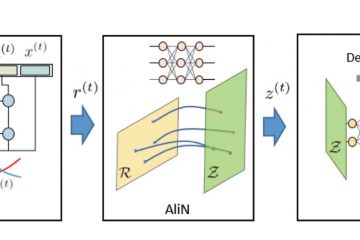Biomedical Intelligence/AI for Healthcare
Deep Chemometrics
Deep learning-based SERS platform for daignosis of Alzheimer’s disease
Early diagnosis of Alzheimer’s disease is crucial to stall the deterioration of brain function, but conventional diagnostic methods require complicated analytical procedures or inflict acute pain on the patient. Then, label-free Surface-enhanced Raman spectroscopy (SERS) Read more…
